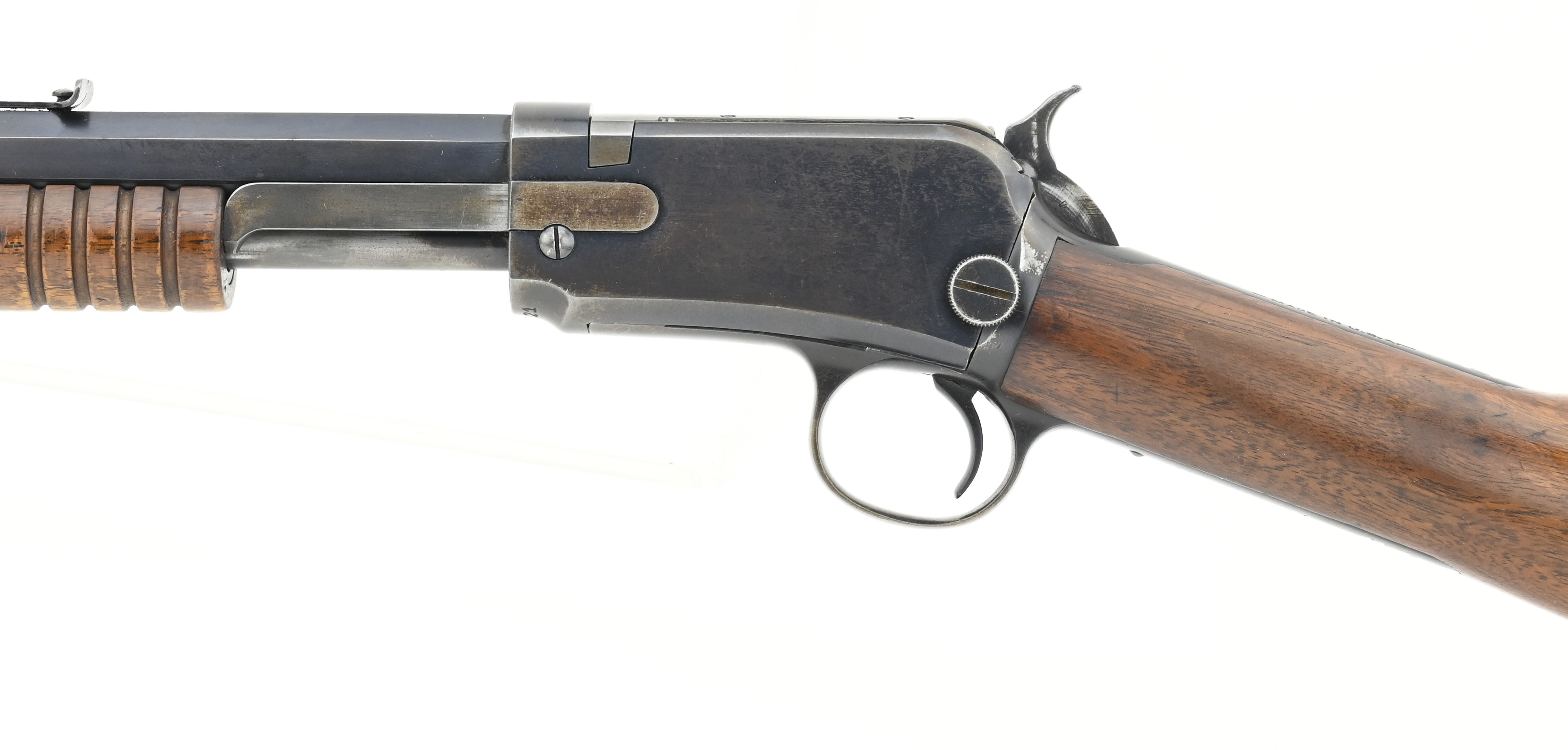

Any number of modern, four-inch-barreled handguns can deliver more energy than the. Its 200-grain bullet was propelled to a muzzle velocity of perhaps 1,150 fps from a 24-inch barrel. 44 Henry cartridge certainly was no powerhouse. The receivers of early Henry rifles were made of iron, but that soon changed to an alloy referred to as “gunmetal.” Today both Henry rifles and Model 1866 Winchesters are commonly said to be brass-framed. It became the Winchester Repeating Arms Co. By this time Oliver Winchester had become the major stockholder of the New Haven Arms Company, and he also decided to rename the company after himself. Since the magazine follower was now internal, the rifle now had a forearm and also a new name – the Model 1866 Winchester. In 1866 the Henry rifle was redesigned so that cartridges could be loaded through a port in the receiver. Its first introduction was the Model 1866 (bottom). In 1866 primary stockholder Oliver Winchester renamed the company Winchester Repeating Arms. In 1862 the New Haven Arms Company introduced its. Protective gloves would’ve been handy accessories for Henry riflemen. The lack of a forearm meant that a Henry’s barrel soon became uncomfortably hot if the gun was fired rapidly. The reason there’s no forearm is because its presence would have blocked movement of the spring-loaded follower in the front-loading magazine tube. Henry rifles are unique in appearance because they have no forearm, just the naked barrel and magazine tube. 44-caliber lead alloy bullet powered by 23 to 28 grains of black powder in a copper case. It was a lever-action repeater that fired a rimfire-primed, 200-grain. Tyler Henry and manufactured by the New Haven Arms Company. The story of Winchester Repeating Arms began in 1866 with a rifle model that was at first called “the Improved Henry.” The original Henry rifle, introduced in 1862, was designed by B. At least one of those guns made it all the way to the Korean War, where it was reclaimed by American troops and returned to the states. While Winchester did sell nearly 427,000 Model 1895s, 294,000 of those went to the Russian Imperial Government during World War One. It also didn’t have much appeal for American rifle buyers. But when Winchester turned him loose with the Model 1895, it was quite different from what had gone before. Browning became Winchester’s main brain in the mid-1880s, he did a remarkable job of designing stronger lever guns while retaining the company’s trademark style.
#1930 WINCHESTER MODEL 90 22 SHORT CRACKED#
The actions begin to get “iffy,” though, when coupled with smokeless powders, especially if the toggles are excessively worn or cracked from age or hard use. Toggle links locked the bolt forward in firing position, and the system was strong enough for mild black-powder pressures. Three of Winchester’s lever guns were “weaker action” models: the 1866, the 1873 and the 1876.

One can only conclude that Winchester was trying to steer shooters away from firing the new “nitro” powder loads in the older and weaker 1873 action. In its 1899 catalog, Winchester mentions only black-powder loads in reference to the Model 1873, but the discussion of the Model 1892 includes smokeless rounds. The Model 1873 and the Model 1892 were chambered for cartridges that were small enough to be fired in revolvers as well as in rifles. Winchester’s seven models of lever-action repeaters were chambered for no fewer than three dozen cartridges, 25 of which were developed by Winchester’s own technicians. Two Winchester models that shared calibers, a Model 1892 (top) and a Model 1873 (bottom). Some flowed around the world to military organizations and into hunters’ hands. That is mind-boggling even in light of the fact that not all of Winchester’s guns remained within U.S. population by Winchester’s arms production during the 40-year period and it comes out to one Winchester lever gun for every 42 Americans – man, woman, and child. Census, the population of the United States in 1900 was about 76 million people. To put that number into perspective, according to the official U.S. Production figures were taken from information published by the late George Madis and rounded to the nearest thousand. In the 40 years starting in 1866 and running to 1906, the company produced no fewer than 1,803,000 lever-actuated repeating rifles and carbines in seven different models. What Winchester Repeating Arms accomplished in 40 years was a manufacturing and marketing phenomenon that will never again be equaled in American arms making.


 0 kommentar(er)
0 kommentar(er)
